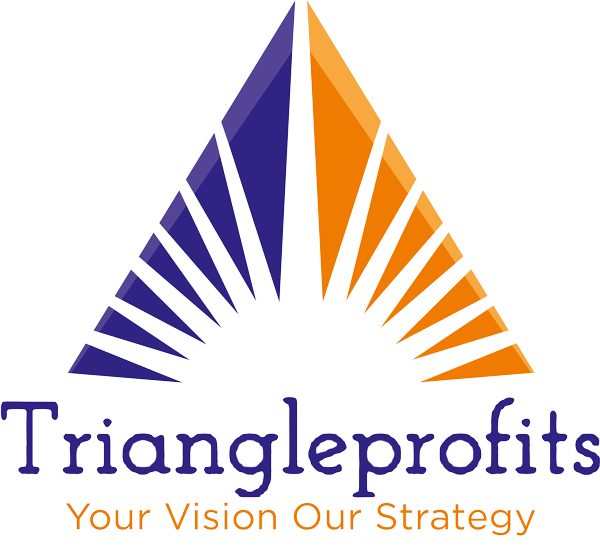Lewis William, Senior Financial Analyst at Triangle Profits
Overview
The gold market continues to captivate investors with its mix of allure and practicality. As a traditional safe-haven asset, gold’s performance is influenced by a range of factors including economic data, geopolitical events, and market sentiment. This detailed analysis aims to provide an insightful perspective on the current trends, key drivers, and future outlook of the gold market.
Current Market Trends
Price Movements
Gold prices have experienced notable fluctuations in recent months, driven by varying global economic conditions. As of the latest trading sessions, gold is hovering around $1,900 per ounce, reflecting a blend of investor caution and market dynamics.
Key Factors Influencing Prices:
- Economic Data: Recent US economic reports, including inflation data and employment figures, have played a significant role in gold price movements. High inflation tends to boost gold prices as investors seek to hedge against currency devaluation.
- Interest Rates: The Federal Reserve’s stance on interest rates is another critical factor. Lower interest rates generally make gold more attractive as an investment compared to yield-bearing assets.
- Geopolitical Uncertainty: Ongoing geopolitical tensions, particularly in regions like Eastern Europe and the Middle East, have heightened demand for gold as a safe-haven asset.
Key Drivers
Inflation and Monetary Policy
Inflation concerns have been a significant driver of gold prices. With the Consumer Price Index (CPI) showing persistent inflationary trends, investors are increasingly turning to gold to preserve value. The Federal Reserve’s monetary policy, particularly its interest rate decisions, will continue to be a crucial determinant of gold’s attractiveness.
Global Economic Conditions
The global economic landscape, marked by uneven recovery from the pandemic, supply chain disruptions, and varying growth rates, affects gold demand. In times of economic uncertainty, gold’s appeal as a store of value and hedge against market volatility increases.
Central Bank Purchases
Central banks around the world play a pivotal role in the gold market. Many central banks have been diversifying their reserves by increasing gold holdings, thus supporting prices. The trend of central bank purchases is likely to continue, providing a stable demand base for gold.
Future Outlook
Short-Term Projections
In the short term, gold prices are expected to remain volatile, driven by upcoming economic data releases and central bank policy announcements. Investors should closely monitor the Federal Reserve’s meetings and statements, as any hints of rate hikes or monetary tightening could impact gold prices.
Support and Resistance Levels:
- Support Level: $1,850 per ounce
- Resistance Level: $1,950 per ounce
If economic data continues to reflect high inflation and the Fed maintains a dovish stance, gold prices could test the upper resistance levels.
Long-Term Projections
Long-term prospects for gold remain bullish, supported by ongoing inflationary pressures, geopolitical uncertainties, and sustained central bank purchases. As digital currencies and alternative investments gain popularity, gold’s historical role as a hedge and store of value will continue to attract investors.
Key Considerations for Investors:
- Diversification: Gold should remain a key component of a diversified investment portfolio, providing a hedge against market volatility and economic downturns.
- Market Sentiment: Keeping an eye on market sentiment and investor behavior can offer clues about future gold price movements.
- Global Events: Staying informed about geopolitical developments and their potential impact on global markets will be crucial for making informed investment decisions.
Conclusion
The gold market is poised for interesting times ahead, with a mix of economic, geopolitical, and market factors influencing its trajectory. Investors should stay vigilant and informed, leveraging gold’s unique properties to navigate the complexities of the financial landscape.









![AI Utilization in Foreign exchange Buying and selling [YEAR, MONTH]](https://triangleprofits.com/wp-content/uploads/2023/11/AI-Usage-in-Forex-Trading-YEAR-MONTH-120x86.jpg)


